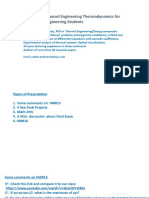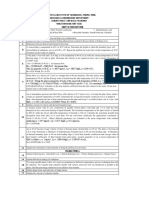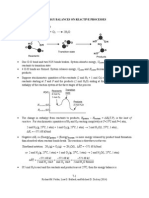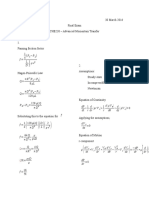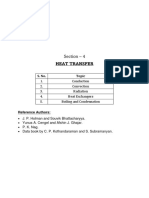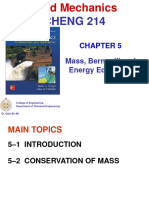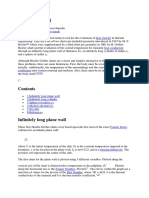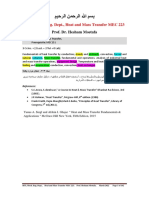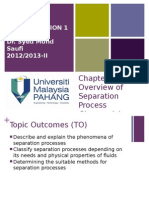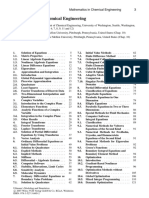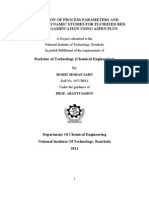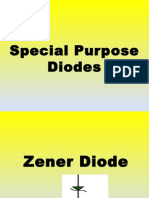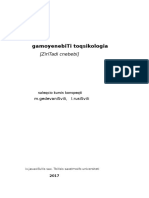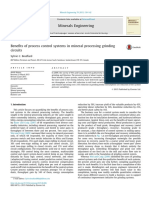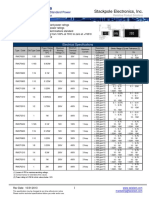100% found this document useful (1 vote)
231 views6 pagesTutorial 5 #Solution
1. The document contains 4 problems related to heat transfer. The first problem calculates the time required to cool steel balls from 1150K to 400K in air with properties given.
2. The second problem calculates the time required for a coated steel sphere initially at 500°C to reach 140°C when suddenly submerged in an oil bath at 100°C with given properties.
3. The third problem calculates the time to achieve 75% maximum energy storage and the temperature of aluminum slabs after that time when hot gas at 600°C flows between the slabs, which are initially at 25°C.
Uploaded by
Rashmi WalvekarCopyright
© © All Rights Reserved
We take content rights seriously. If you suspect this is your content, claim it here.
Available Formats
Download as PDF, TXT or read online on Scribd
100% found this document useful (1 vote)
231 views6 pagesTutorial 5 #Solution
1. The document contains 4 problems related to heat transfer. The first problem calculates the time required to cool steel balls from 1150K to 400K in air with properties given.
2. The second problem calculates the time required for a coated steel sphere initially at 500°C to reach 140°C when suddenly submerged in an oil bath at 100°C with given properties.
3. The third problem calculates the time to achieve 75% maximum energy storage and the temperature of aluminum slabs after that time when hot gas at 600°C flows between the slabs, which are initially at 25°C.
Uploaded by
Rashmi WalvekarCopyright
© © All Rights Reserved
We take content rights seriously. If you suspect this is your content, claim it here.
Available Formats
Download as PDF, TXT or read online on Scribd
/ 6










